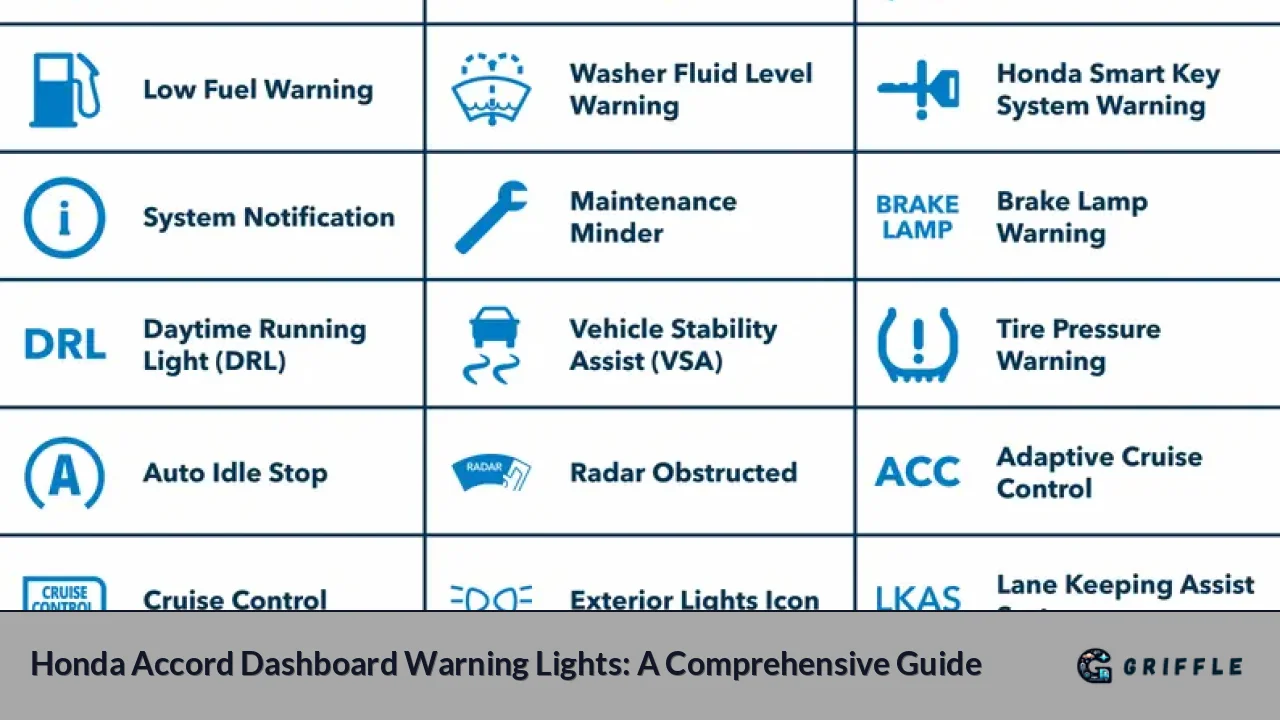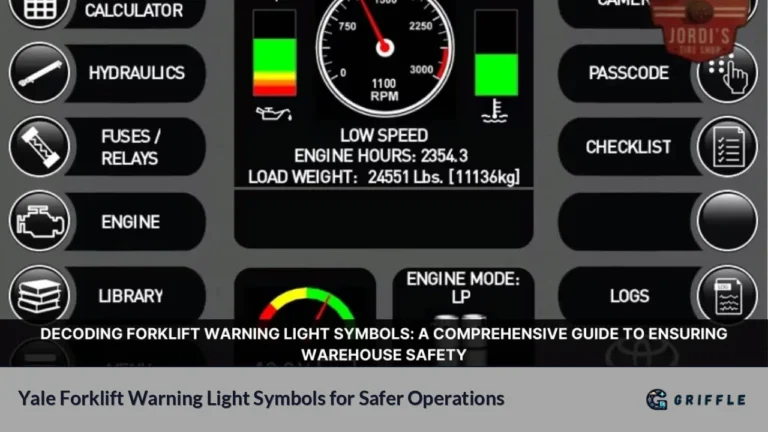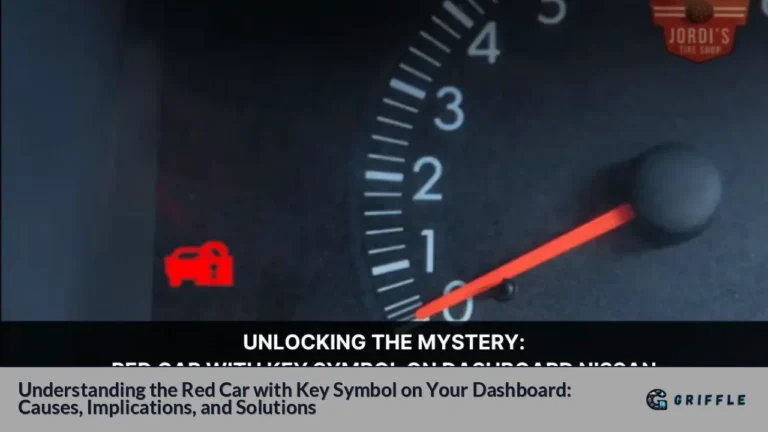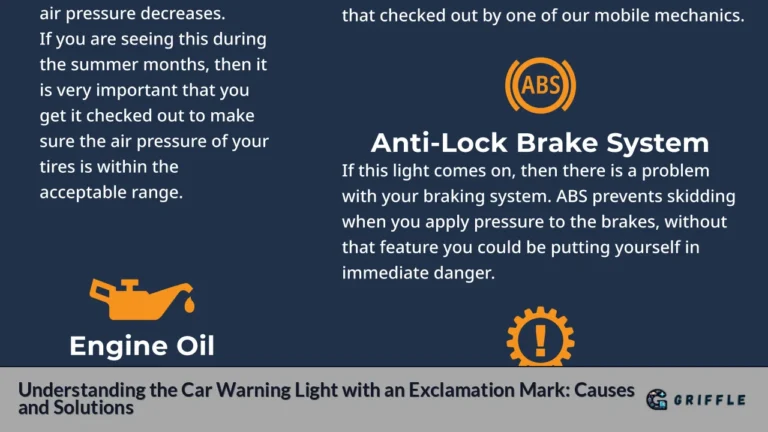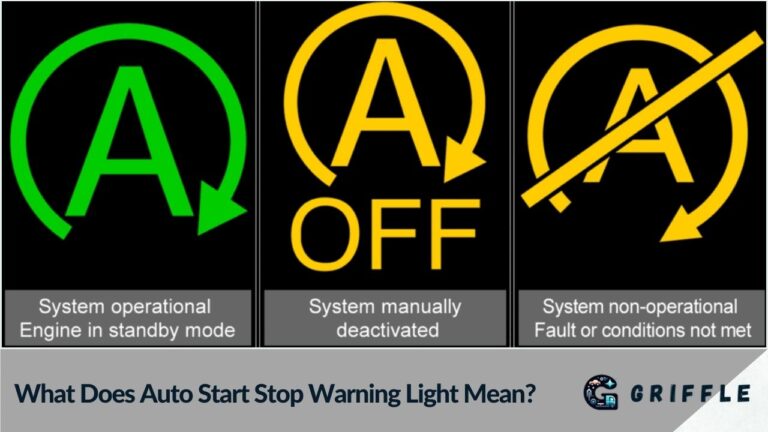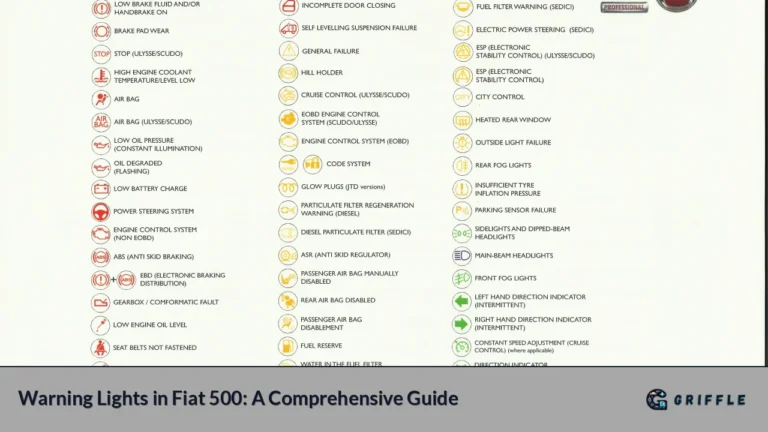The dashboard warning lights in your Honda Accord serve as crucial indicators of the vehicle's operational status, alerting drivers to potential issues that require immediate attention or maintenance. With a myriad of symbols and colors, it can be overwhelming for drivers to decipher what each light means. This article aims to provide a comprehensive overview of the dashboard warning lights specific to the Honda Accord, focusing on common problems and their solutions. By understanding these symbols, drivers can ensure their vehicle remains in optimal condition, enhancing safety and performance.
Overview of Dashboard Warning Lights
Understanding the various dashboard warning lights is essential for every Honda Accord owner. The lights are categorized based on their urgency and significance:
| Color | Meaning | Action Required |
|---|---|---|
| Red | Serious issues requiring immediate attention | Stop the vehicle as soon as it is safe |
| Yellow | Caution; indicates a problem that needs checking | Schedule service or check the issue soon |
| Green/Blue | Informational; indicates that a system is active | No action needed |
This table summarizes the importance of each color, helping drivers prioritize their responses when a warning light appears.
Common Dashboard Warning Lights in Honda Accord
Malfunction Indicator Lamp (Check Engine Light)
The Malfunction Indicator Lamp (MIL), commonly known as the Check Engine Light, is one of the most recognized symbols. It resembles an engine outline and can indicate various issues ranging from minor to severe.
- What It Means: Potential problems with the engine, transmission, or exhaust systems.
- Action Required: If this light illuminates, schedule a diagnostic check with a professional mechanic as soon as possible to avoid further damage to the engine.
Brake System Warning Light
The Brake System Warning Light typically displays as "BRAKE" in red or may show an exclamation mark within a circle.
- What It Means: This light can indicate that the parking brake is engaged or that there is an issue with the brake fluid level or braking system.
- Action Required: If this light appears while driving, stop immediately and check brake fluid levels. If necessary, consult a mechanic.
Battery/Charging System Light
The battery symbol looks like a battery with plus and minus signs.
- What It Means: Indicates issues with the battery or charging system.
- Action Required: Check for loose connections; if the light persists, have the battery and alternator inspected promptly[17].
Low Tire Pressure Warning Light
This symbol appears as an exclamation mark inside a horseshoe shape.
- What It Means: One or more tires are under-inflated.
- Action Required: Check tire pressures and inflate them to the recommended PSI. If the light remains on after correcting tire pressure, there may be a sensor issue.
Oil Pressure Warning Light
This light resembles an oil can.
- What It Means: Indicates low oil pressure, which could be due to low oil levels or a more serious issue.
- Action Required: Pull over safely and check your oil level. If it remains low after topping up, seek professional assistance immediately.
ABS (Anti-lock Braking System) Warning Light
The ABS symbol typically displays as "ABS."
- What It Means: Indicates a malfunction in the anti-lock braking system.
- Action Required: While regular brakes will still function, schedule an inspection to ensure safety.
Tire Pressure Monitoring System (TPMS) Light
This light features a yellow exclamation point inside a tire shape.
- What It Means: Alerts you that one or more tires are significantly under-inflated.
- Action Required: Check tire pressures and inflate as necessary. If issues persist, consult a professional.
Vehicle Stability Assist (VSA) Light
The VSA light indicates whether this stability control system is active or has detected an issue.
- What It Means: This light may illuminate if there’s a problem with the VSA system.
- Action Required: If this light stays on while driving, have your vehicle checked by a dealer.
Service Reminder Light
This symbol usually looks like a spanner or wrench.
- What It Means: Indicates that scheduled maintenance is due soon.
- Action Required: Follow your vehicle’s maintenance schedule and book an appointment with your service provider.
Smart Entry System Warning Light
This light signals issues with the keyless entry system.
- What It Means: Indicates potential problems with your smart entry system.
- Action Required: While driving is still possible, have this system checked at your earliest convenience.
Addressing Common Issues Related to Warning Lights
Understanding what each warning light means is only part of maintaining your Honda Accord. Here are some common issues associated with these lights and how to address them effectively:
1. Ignoring Warning Lights Can Lead to Major Repairs
Many drivers tend to ignore dashboard warnings until they become critical. For example, neglecting the Check Engine Light can lead to significant engine damage over time. Regularly checking and addressing these warnings can save you from costly repairs down the line.
2. Routine Maintenance Checks
Regular maintenance checks are essential for keeping your vehicle in top condition. Ensure that you follow your manufacturer’s recommended service intervals for oil changes, brake inspections, tire rotations, and other critical services.
3. Diagnostic Tools
Investing in an OBD-II scanner can help you diagnose issues when warning lights illuminate. These tools can read error codes from your vehicle's computer system, giving you insights into potential problems before visiting a mechanic.
4. Professional Assistance
If multiple warning lights appear simultaneously or if any light remains illuminated after addressing its cause (e.g., filling tires), it’s best to seek professional assistance immediately. This could indicate deeper underlying issues that require expert diagnosis.
Conclusion
Dashboard warning lights are vital indicators of your Honda Accord's health and performance. Understanding what each symbol means allows drivers to take timely actions that prevent minor issues from escalating into major repairs. By regularly monitoring these lights and addressing any concerns promptly through routine maintenance and professional assistance when necessary, you can ensure your Honda Accord remains reliable and safe on the road.
FAQs
- What should I do if my Check Engine Light comes on?
Schedule a diagnostic check with a mechanic as soon as possible. - How can I reset my dashboard warning lights?
Resetting may require disconnecting the battery temporarily; however, it's best done by professionals. - Is it safe to drive with my ABS light on?
While you can still drive, it's crucial to have your braking system inspected immediately. - Why does my Tire Pressure Monitor Light stay on even after inflating tires?
There may be a sensor issue; consult a professional for further diagnosis. - How often should I check my dashboard warning lights?
Regularly monitor them during each drive; any illumination should be addressed promptly.
